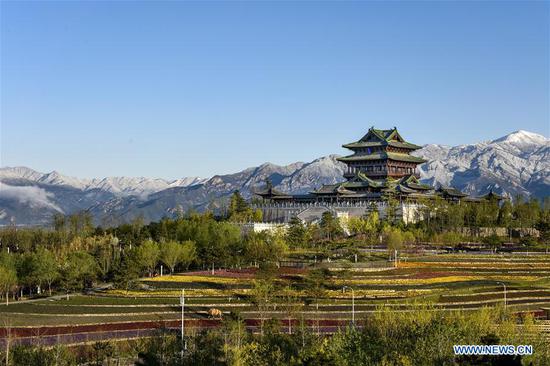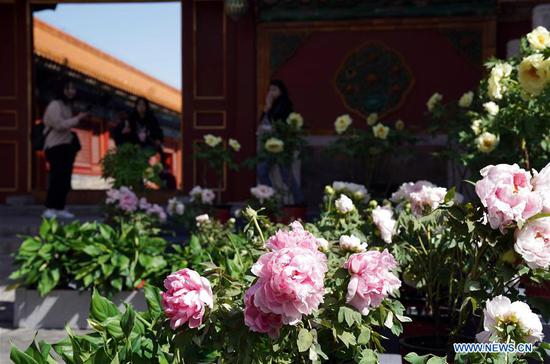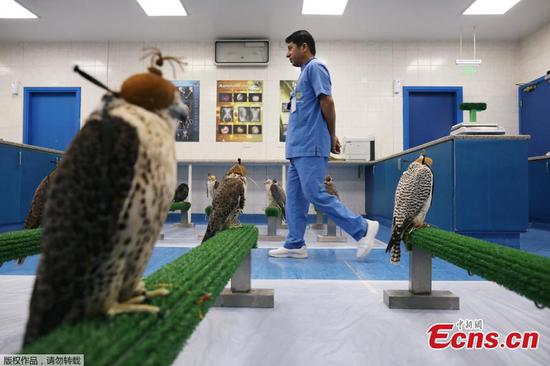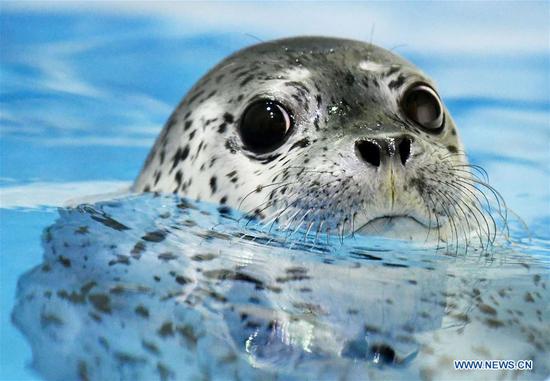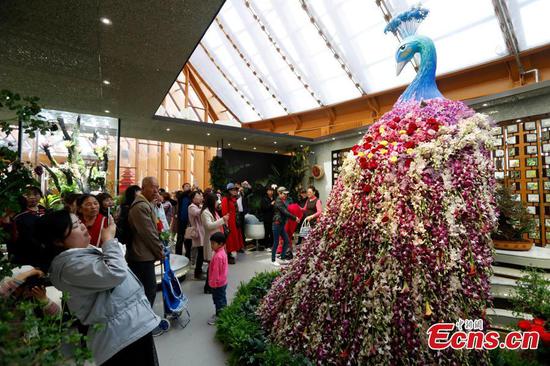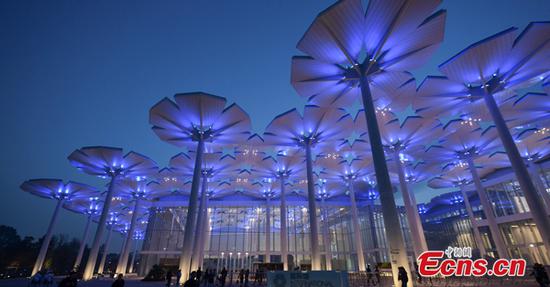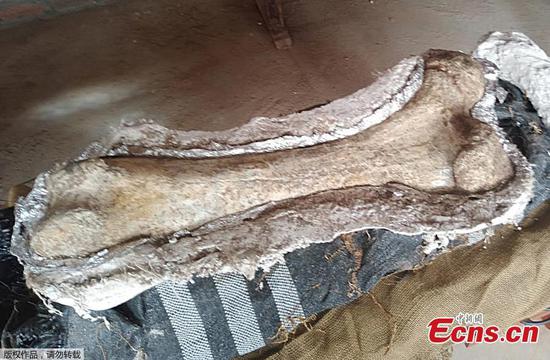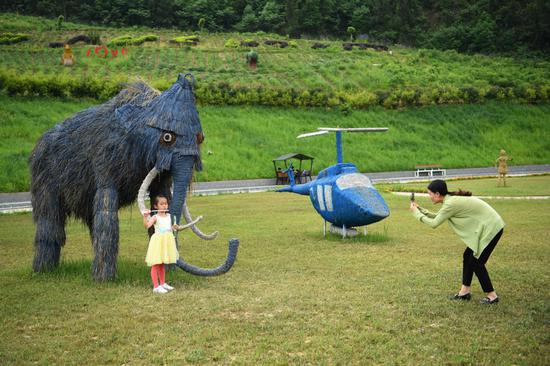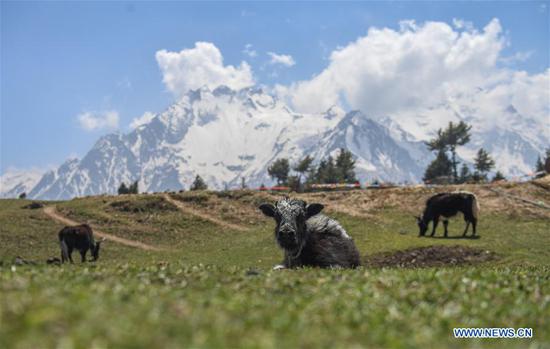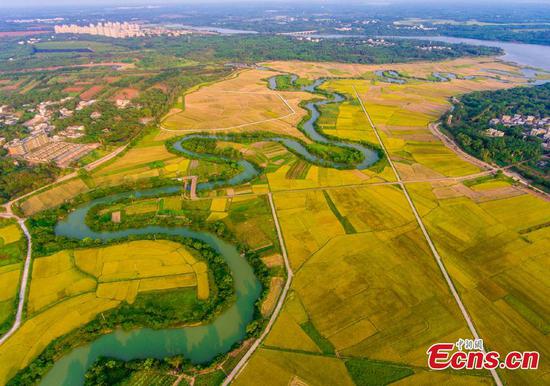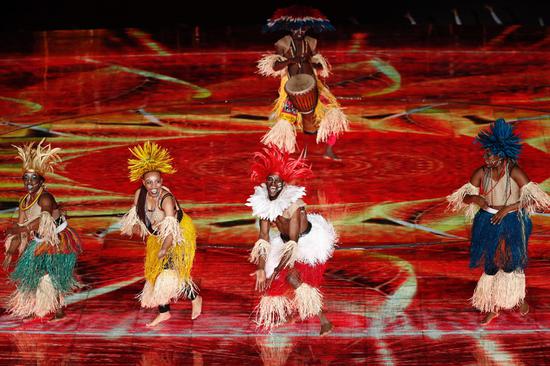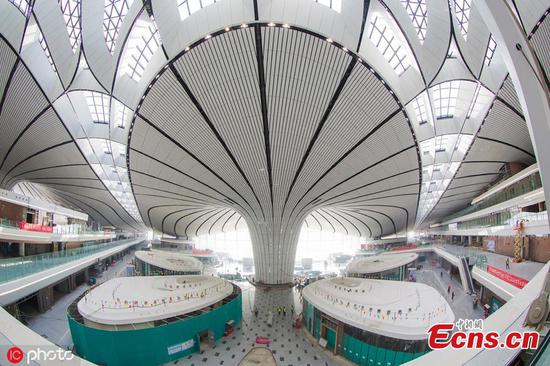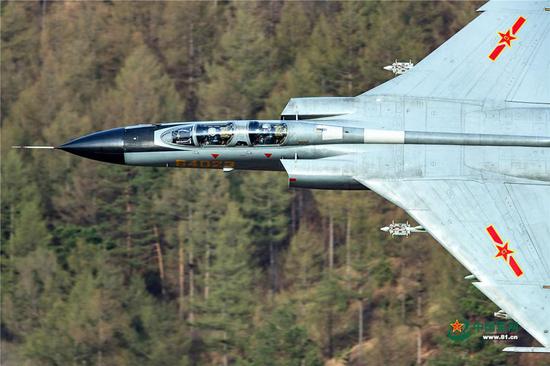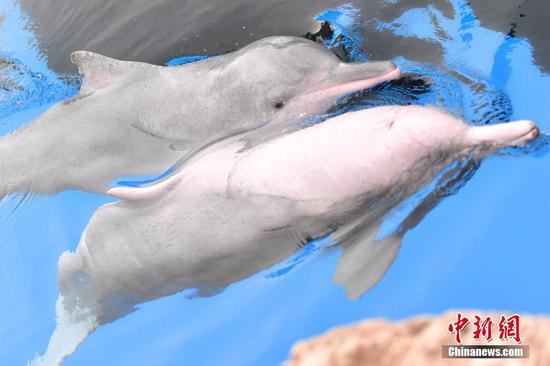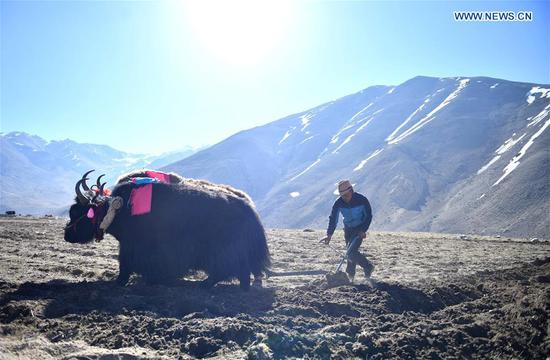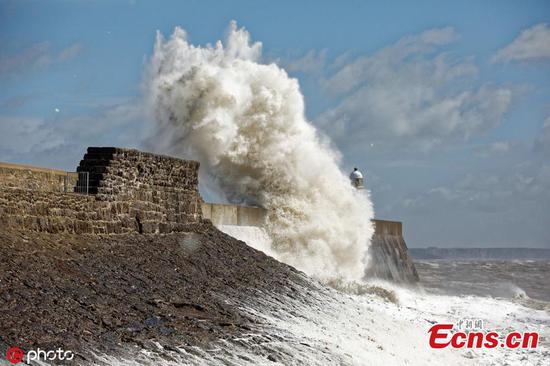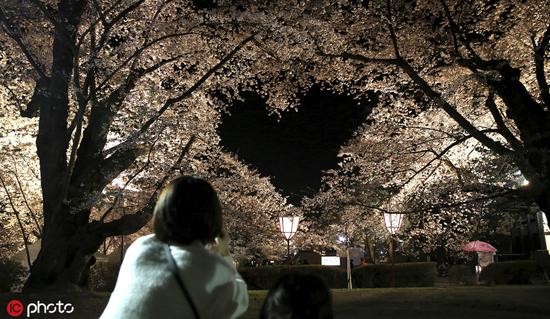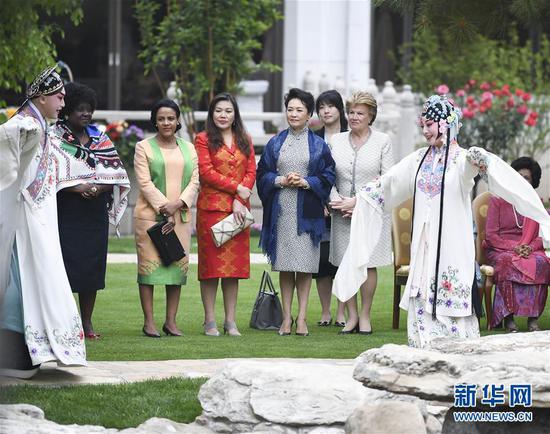
Skiers enjoy the slopes at Zell am See in Austria. (CHINA DAILY)
Known as the "cradle of alpine skiing", the resort invited the Chinese national skiing team to train on its slopes during the winter season.
Wilma Himmelfreundpointner, the resort's marketing director, said: "Hosting China's national team was certainly a great platform to promote St. Anton as well as the sport itself. It is a clear acknowledgement of our high standards of infrastructure and our pistes in Alpine skiing. We certainly hope this can be viewed as a strong statement to attract more Chinese visitors to our resort."
For the past two years, the Austrian National Tourist Office in Beijing, with support from tourism organizations in the Alpine states of Tyrol, Carinthia and Salzburg, has been building a strong presence in China.
In the winter of 2005, Austria welcomed only 64,000 overseas visitors, but the number rose to 322,000 last year, with more than one-third of Chinese going to Tyrol, home to many popular ski resorts.
Emanuel Lehner-Telic, Asia regional manager of the Austrian National Tourist Office in Beijing, said: "I think we are only at the beginning. China has put so much effort into building up its infrastructure, and now people are discovering the pleasure of snow 'at home'."
The tourist office has regularly invited Chinese partners to Austria to show them around and explain the important issues of ski education and safety. Lehner-Telic said. "I am sure that in a few years we will see more and more Chinese tourists on Austrian slopes."
He said Chinese visiting Austria in winter tend to do so in two different groups-those who view a short stay at an Alpine ski resort as part of a trip to Europe, and those who do so for the sport.
"Between visits to major cities, a group of friends will stay for three or four days in an Alpine resort. They consider skiing as entertainment and will take to the slopes for maybe two or three hours a day. The rest of the time they relax, either by going for walks, enjoying the local food or soaking in a spa.
"The smaller group comprises those who view skiing as a sport, so they tend to stay longer at a ski resort and spend more time on the slopes," Lehner-Telic said.
Ye Kei, 46, from Shanghai, a member of the latter group, is addicted to skiing, having visited Austria for the past seven years.
Ye said he is drawn to the country every winter by "the whole experience"-beautiful mountain scenery, long and challenging slopes, well-equipped infrastructure, the enjoyable apres-ski scene, as well as good restaurants and hotels.
"On the Alps in Austria, there is the breathtaking purity of the beauty of nature. That has really touched me and makes me want to go back again. As for the sport itself, when you go down the slopes, there is nothing else on your mind except the skiing-it's like meditation for me," he said.
Another way to attract Chinese skiers is to host events exclusively for them. In March, Zermatt Tourism in Switzerland hosted the Matterhorn European Chinese Ski and Snowboard Competition, promoting winter sports among visiting Chinese groups. Hundreds of enthusiasts took part.
Zermatt, which is close to the Matterhorn, a landmark peak, has round-the-year skiing and 360 kilometers of pistes, said Suzi Steiger, ski product marketing manager at Zermatt Tourism.
It has been active in the Chinese market for more than 10 years and has seen a significant rise in skiers from the nation in the past five years.









